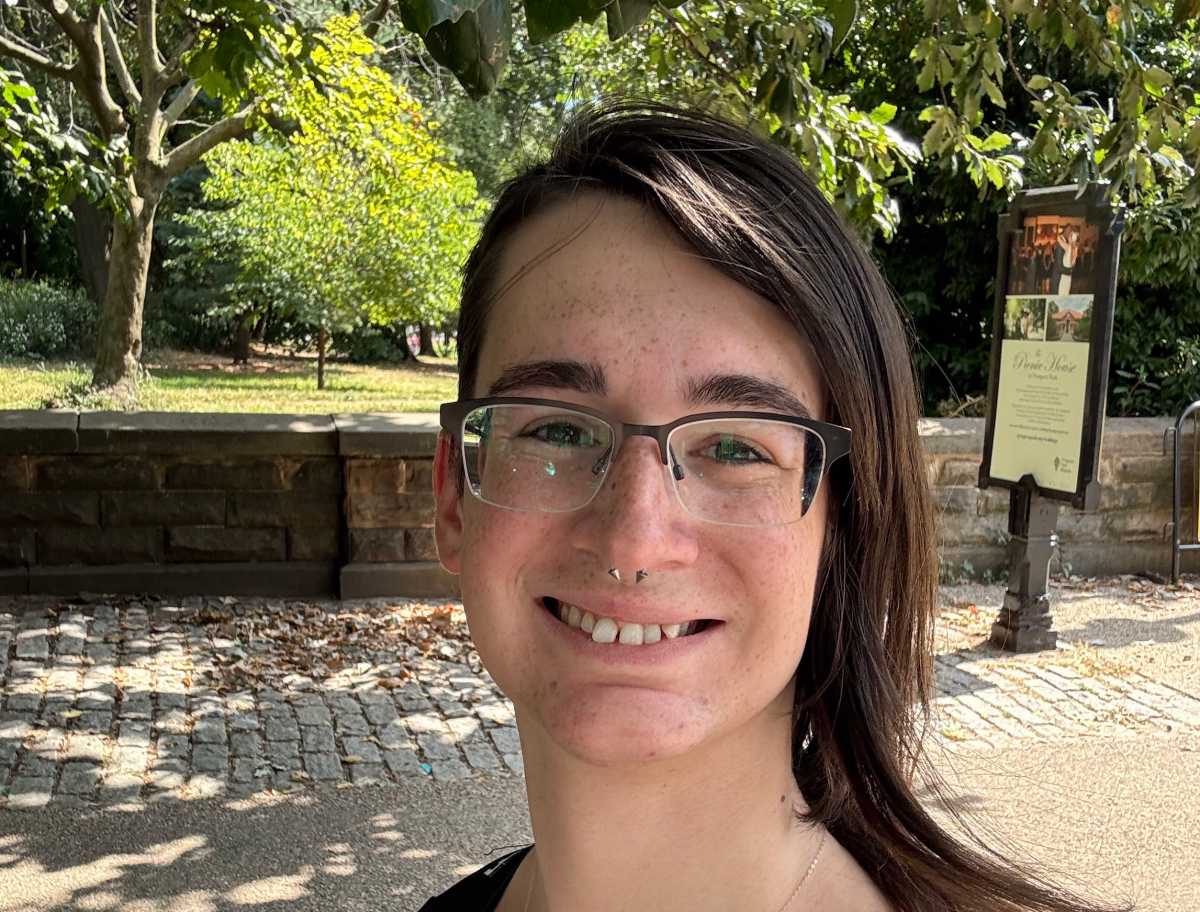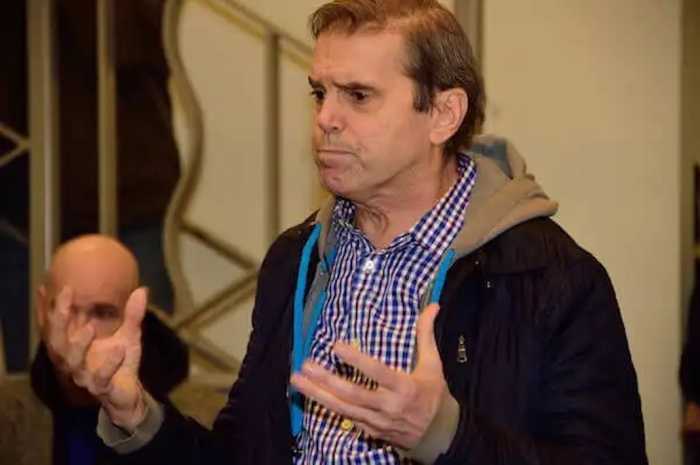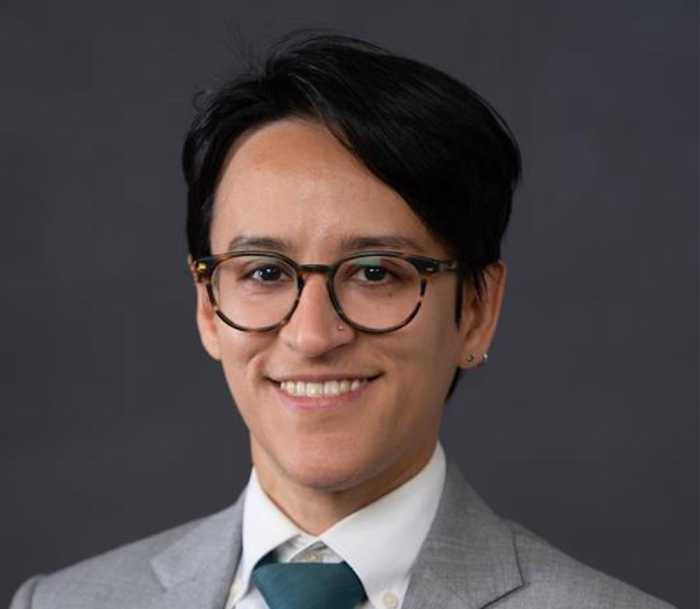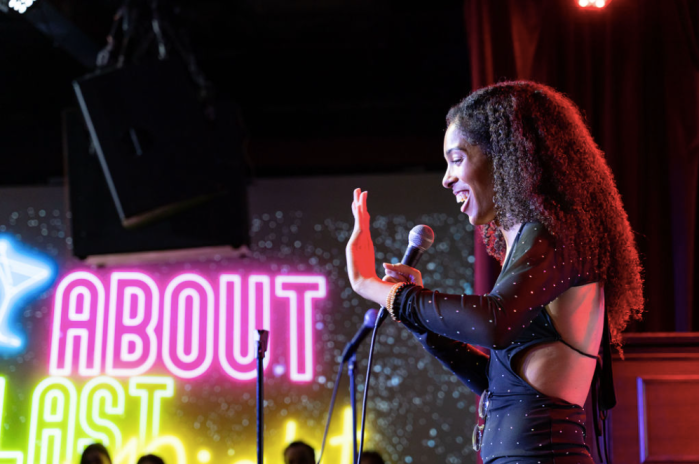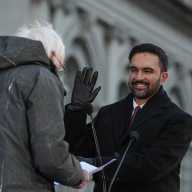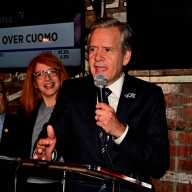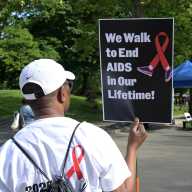People move to New York because they believe in certain promises: a place where you’re free to be yourself, to thrive, and to find community. Especially for queer people, New York has long held a reputation as a haven — a city where you can build a life on your own terms. That’s the version of New York I believed in when I moved here, and it’s the one I still want to believe in. But the truth is, that promise doesn’t mean much if people can’t afford to live here.
A few years ago, because of my trans identity, I found myself needing to move quickly and affordably. With limited options and even less time, my roommate and I found just three apartments in our price range, and all of them came with serious compromises. The apartment we ended up with was bad in a lot of different ways, but it was the only thing we could get: There simply weren’t any other choices.
This is what too many New Yorkers face again and again — settling for what’s available, not because it’s good, but because it’s all they can get. And for queer people, disabled people, or anyone with a limited income, the options are even tighter.
I now live in an income-restricted apartment in Long Island City, and it feels like I’m where I should be. I love Queens — the 7 train, our parks, our food, the Mets — and I want to share it with more people. But I’ve seen far too many friends leave because they can’t afford to stay in this city. I’ve heard queer friends from around the country, living in red states with far-right leaders that are actively targeting them because of who they are, laugh when I suggest they leave for New York City, because they couldn’t afford to move here. We say we’re a place that welcomes everyone: queer people, working-class people, and families, but what does that mean if they can’t afford to live here?
The OneLIC plan would bring over 14,000 new homes to our neighborhood, including 4,300 that are permanently income-restricted. It would update decades-old zoning that has held the neighborhood back, and pair new housing with meaningful community investments — in particular, schools. I support the OneLIC plan because every new home it will build means a New Yorker who doesn’t have to move away. When we make room for more New Yorkers, we’re creating new options for longtime residents and future New Yorkers alike. OneLIC doesn’t just allow growth — it plans for it, responsibly and equitably.
New York has been America’s queer haven for more than half a century, but that’s in jeopardy unless we build the homes we need. Initiatives like OneLIC help ensure our city remains open to all.

